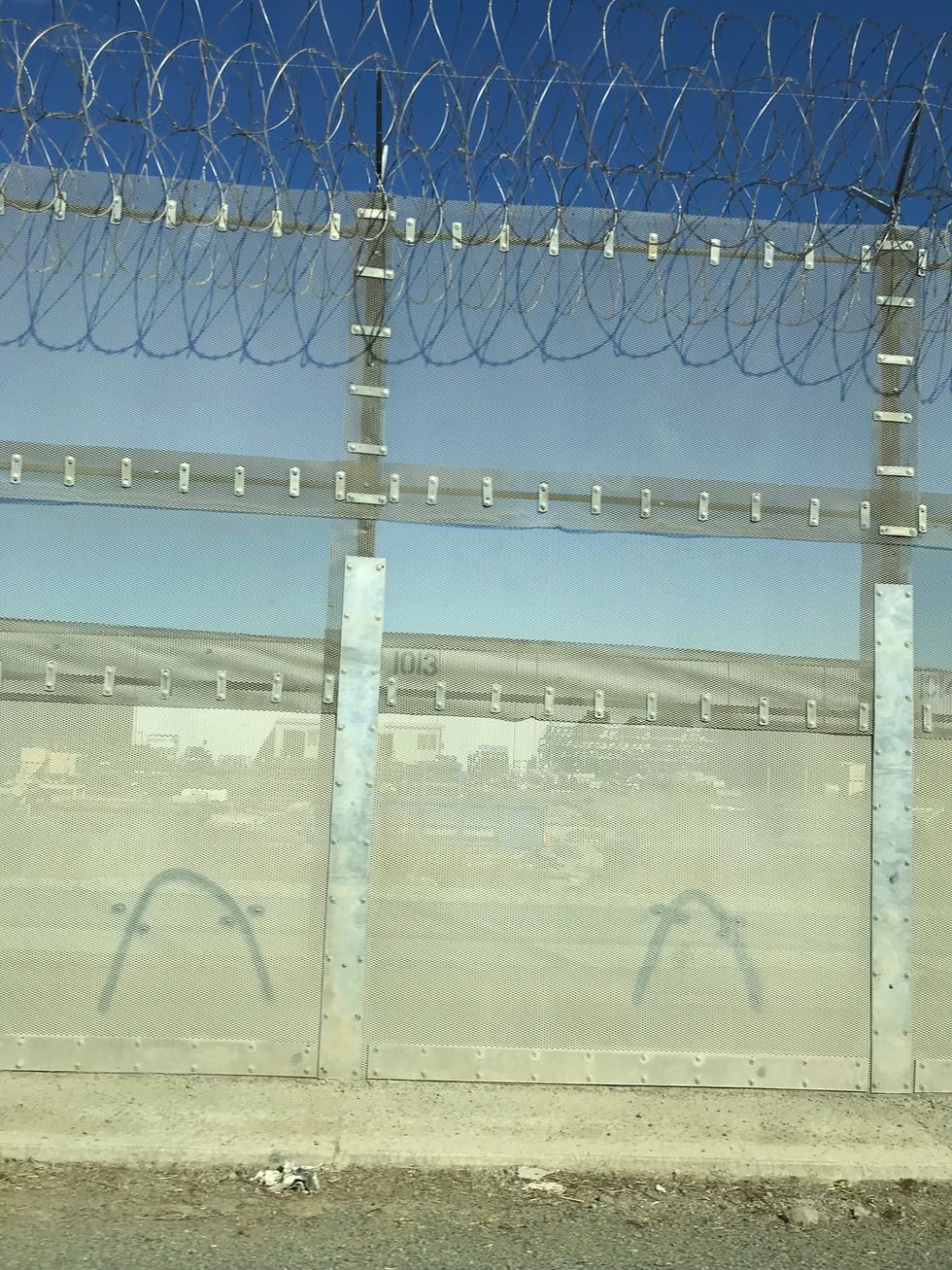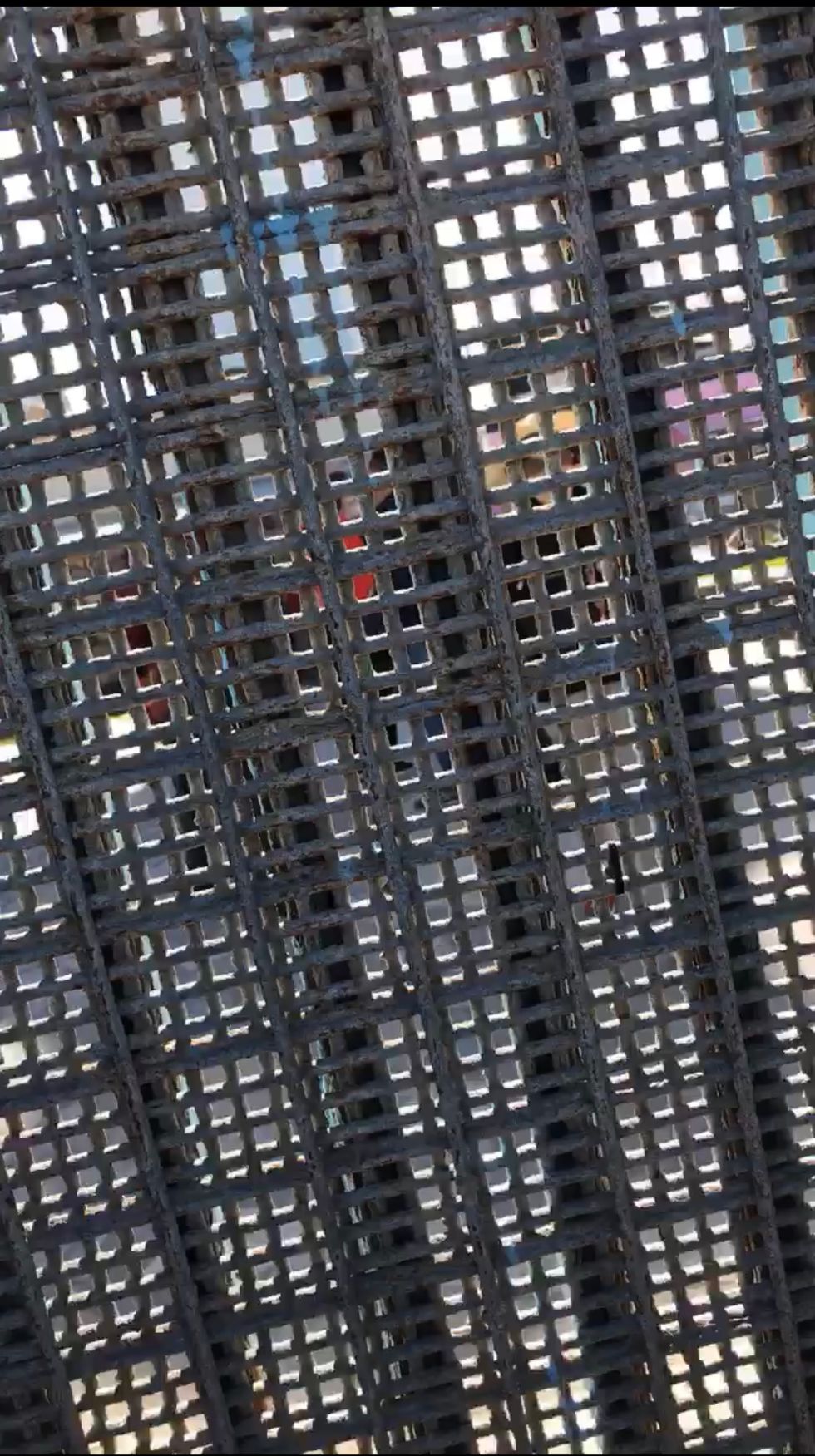"Welcome to the border" was the first sentence Rigo, our guide, announced to us, a group of students from Villanova University, to initiate our week of service and justice learning in San Diego, California. A group of fourteen college students had travelled to this West Coast city to learn about the struggles of immigration and how it impacts the greater community. After a week spent in sunny San Diego, I have gained more life lessons and insight into an issue I had only known slim to none about.
Throughout the week, Rigo sought to expose us to the different perspectives that impact the immigration debate of not just our country but of our global community. From our exposure to these different viewpoints, we were given a glance at the reality of life in San Diego, less than twenty miles away from the most widely-used border in the entire world--the border to Mexico.
During the first few days, Rigo led us to Logan Heights, a small town on the outskirts of San Diego. He enlightened us about Chicano - an ethnicity which identifies with both European-Hispanic and Central-South American indigenous descent. Located in Logan Heights is Chicano Park, a national historic landmark, which is underneath two freeways. Chicano Park contains a central stage, playground, bathrooms, and a couple tables all painted in red, white, and green, the colors of the Mexican flag.
Although now a historical landmark, the Chicano people who reside in Logan Heights have endured countless decades of struggle, determination, and resistance to obtain a piece of their heritage within this park. In the past, the city of San Diego had promised the Chicano people this park, yet one day, a man walking noticed a bulldozer on top of this land promised to the residents of Logan Heights. In efforts to stop this construction, this man knocked door-to-door to inform others about what was happening to their park, and hundreds gathered in protest of the bulldozers. They formed a human chain, holding hands, and eventually stopped the bulldozers from continuing.
In another attempt to seize the land from the Chicano people, the city of San Diego attempted to build a police station across the street from Chicano Park and transform this land into a parking lot. Again, the Chicano people convened, protesting that the Chicano people had suffered decades of police brutality, so the addition of a police station was both unnecessary, unfair, and would only further discriminate them.
Now, despite controversy and struggle, Chicano Park proudly exists underneath the two freeways. Although it may contain more cement than grass, may be noisy due to the freeways, it contains the most beautiful artwork I have ever seen in my life. On each pillar that upholds the freeway are murals that depict Chicano history and culture. Each mural tells its own story. Some of these murals illustrate the early genocides of indigenous people by the Spaniards and conquistadors in the thirteenth century, police brutality at the hands of SDPD, and the current controversies that surround the immigration debate in this country.
Observing the struggles to create Chicano Park are necessary to the understanding of the reality of San Diego residents who live just several miles away from Mexico.
Later in the week, our discussions began to focus on immigration. One of the most commonly debated topics of our current political climate, immigration includes a wide variety of components: asylum, illegal immigration, drug cartels, caravans, border patrol, and "The Wall". Throughout our week, we tried to listen to a variety of perspectives surrounding immigration.
During one day, we travelled to the border of Mexico with the United States Border Patrol. Attempting to understand the law enforcement perspective, we drove through the "no-mans-land" between the two fences which separate the two countries from each other. Looking at the barbed wire fence, you could see the cuts of the fence that looked like upside-down Us that our Border Patrol agent need to be fixed daily. Driving alongside the border, we clearly observed the vast differences in terrain, appearance, and size between the United States and Mexico.

Our tour with Border Patrol culminated at the most southwest portion of the United States. This location is known as "Friendship Park", and it is open every Saturday and Sunday so that people on both sides of the border, mostly family members, can communicate through the fence. In years past, a door at Friendship Park was open for short periods of time so that there can be binational unity between people on both sides of the border, yet President Trump's Head of Border Patrol has forbidden agents to open the door in fear of drugs being smuggled in. This means that the only form of human contact that family members or friends on both sides of the border can have is just touching pinky fingers, what some call "the pinkie kiss".
At that moment, another tour group on the Mexico side of the border was looking at us through the fence, starting small-talk with us. The interaction was strange, and the more I reflect on my experience there, the more saddened I become.
Due to numerous layers of fencing, it is nearly impossible to make out the face of someone on the other side of the border. Half of the time I was peeking through, I could only see fragments of a person's face. As I look in retrospect at that experience, I put myself in the shoes of an immigrant, or of someone who has family or friends on the other side, and this is their only human contact available to them. I cannot imagine not being able to not only hug but also barely see my mother, my father, my brothers, my family members on another side all because we were born in different places. I can only imagine the negative ramifications a child, a family member can experience after being deprived of basic human contact.

Sometimes when I hear others talk about immigration, I hear words like "illegal", "aliens", "drugs" more often than the word "person". I see people flock to numbers and statistics instead of referring to people. I hear people defend the idea of "The Wall" without ever thinking of travelling there or being present to its effects on the other side of the country. I notice people who are saddened by children crossing the border but do not offer the same compassion to adults.
This seems silly to me. We should be sad, angry, frustrated, or even conflicted that this happens to human beings, not just children. We should engage this conversation, gain a different perspective, and offer compassion to the harsh reality that migrants, including but not limited to asylum seekers, experience every single day.
I never realized that this experience would make me appreciate the privilege I have to be an American citizen. I never have to worry if an ICE agent will take my parents away or to put my life in extreme peril for the hope of a better life on the other side. I respect and honor my ancestors who immigrated to America in the early nineteenth century. And while they sailed to Ellis Island on a boat from Italy, there were those crossing the border in Mexico and Central America at that time as well.
We need to accept that the opportunity to legally cross the border is not equally distributed to every individual. A visa is extremely difficult to obtain for the typical lower-class family in Central America. Despite the international law to accept any asylum seeker, accepting an asylum-seeker in the United States is dependent on one question in the interview process that is commonly mistranslated or misunderstood, resulting in the deportation of that person despite their claims of asylum. So even though entering the ports of entry as an asylum-seeker is strongly encouraged, it does not confirm whether or not you will be accepted into the United States
Instead of automatically labelling someone who crosses the border as a "criminal", "alien", or "bad hombre", we can ask the bigger question of why they feel the need to put their lives in jeopardy to cross a border. There are bigger questions to ask, to discuss, to figure out together. But we cannot solve immigration without recognizing their humanity.
In San Diego, I got to feel empathy for the human beings who are affected daily by this reality of living just miles away from the border.



















